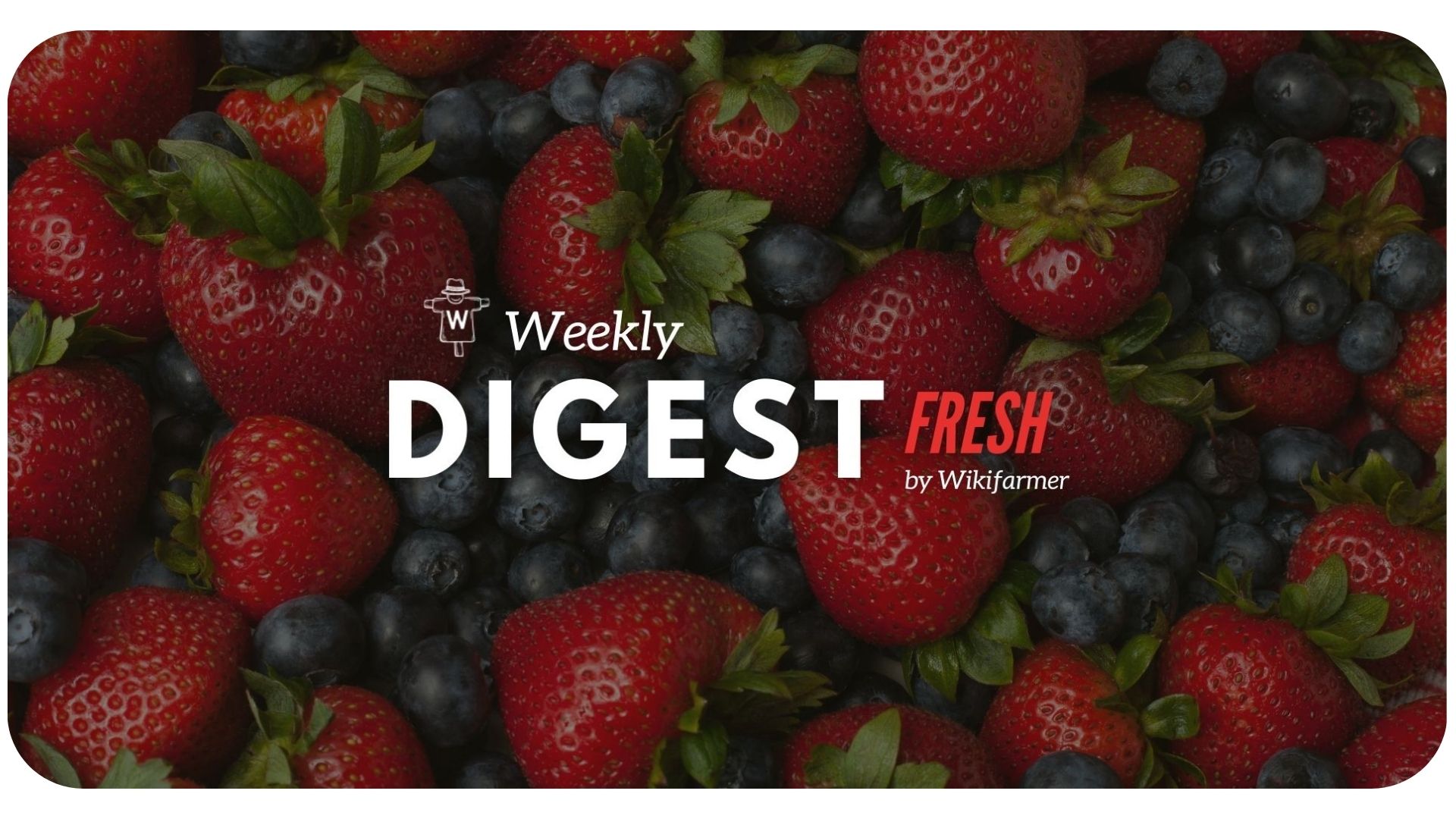Berries Market Digest w15

Weekly Berries Market Updates
Main Price Movements in the EU
The wholesale markets in Germany and France are key players in European berry transactions and therefore, valuable sources of information. We have gathered data from the German Federal Ministry of Food and Agriculture and the French Market News Network and have combined them with insights from our experts; this week's market situation presents several noteworthy highlights.

As spring sets in, Europe experiences warmer temperatures. The favorable climate, coupled with a growing demand for fresh and healthy produce, has notably increased the demand for strawberries. However, in Spain, despite the Easter Holidays, there wasn't a significant surge in supplied volumes after the market reopened on Tuesday. Mediterranean strawberries showed a slight upward trend, while Dutch products saw reductions. Spanish strawberries still enjoy high demand in the European market, though there is an increasing interest in Greek-origin products.

As for central European suppliers' forecast for Belgian strawberries indicates favorable weather conditions conducive to optimal fruit ripening. Anticipated yields are expected to be on par with last year's volumes, without surpassing them. While weather fluctuations could impact strawberry demand, the market appears relatively stable. Belgian strawberries' prices remain elevated and exceed those of their Dutch counterparts.
Regarding other berries categories, a scarcity of European raspberries and blueberries in the market during the past few weeks has created fertile ground for heightened local demand, which is being met by imported products from Peru, Chile, Morocco, etc. With a growing global appetite for blueberries, China has ramped up domestic cultivation to meet local demands and bolster its presence in the international export market. Importantly, these imported goods are experiencing significant price declines, making them more appealing to consumers.
How the European Market is Moving
According to The Strawberry Group, a European organization that represents associations of producers and exporters of strawberries from Spain, France, Italy, and the rest of Europe, all producers face difficulties regarding high production costs, weather adversities, and local regulations. These obstacles cause European products to cost more than the imported ones that do not have to deal with these challenges. Furthermore, the inadequate supply of community products leads to increased imports, which also disrupts the European market.
This week, we have seen an upward trend in Requests for Products (RFPs) from serious buyers on the Wikifarmer platform for frozen berries. These RFPs mainly come from food processing units for the production of juices, jellies, and frozen mixes; blueberries, aronia, black currants, and buckthorn seem to be the most requested berries from FPUs.
Organic Cultivation: Is This the Future of the Berries Market?
In the previous analysis of Pesticide Action Networks on PFAS pesticide residues, strawberries were found to be one of the top contaminated fruit crops. The alarming situation has created the urge to develop a more sustainable cultivation of strawberries, among other fruits and vegetables, as well as highlighted the need for a more harmonized European Zone registration on pesticide usage, which can be easily applied to the crops.
Through the Wikifarmer Library, we aim to advocate for reduced pesticide use in crop cultivation by disseminating articles on innovative and sustainable farming practices. Our goal is to educate readers on methods that ensure satisfactory crop yields and prioritize the health of producers and consumers.
-2.jpg?upscale=true&width=1120&upscale=true&name=DIgest%20cover%20(5)-2.jpg)
In view of the need for sustainable agriculture, we mark a significant move in Central Europe, towards the provision of high-quality strawberries for the European market; a major German company has teamed up with a Hungarian farm, to test strawberry varieties with the goal of expanding product diversity for supermarkets. The collaboration strives for enhanced sustainability in strawberry production by decreasing reliance on groundwater and surface water and eschewing chemical usage. This involves experimenting with varieties boasting longer shelf lives and heightened resistance to temperature and water stress, as well as utilizing rainwater to fulfill agricultural requirements. Additionally, they're exploring the use of organic phytosanitary products.
.png?width=450&height=87&name=New%20Logo%20(1).png)